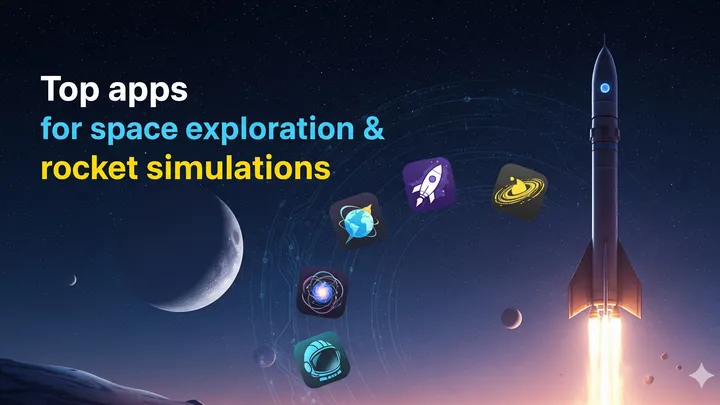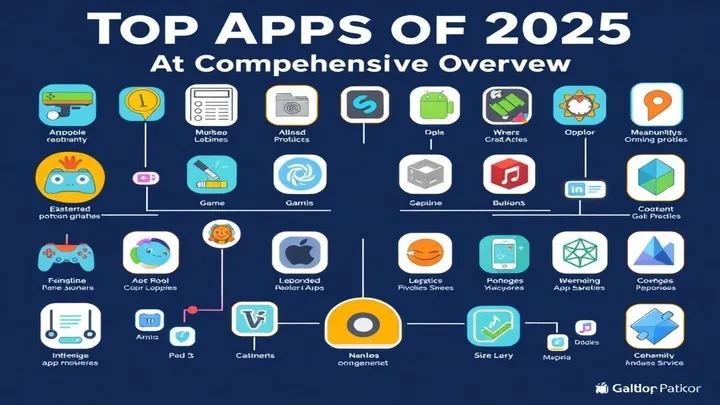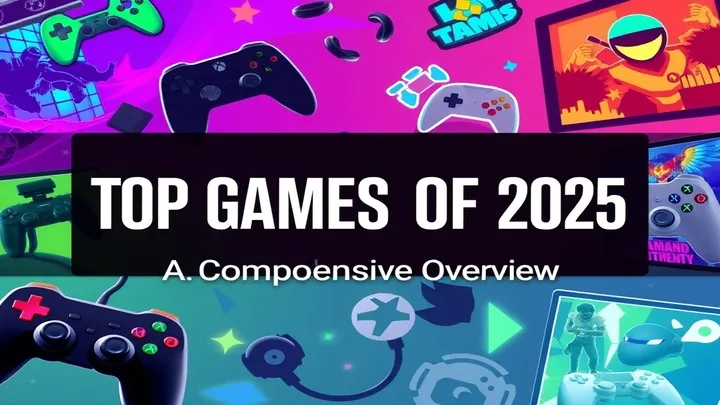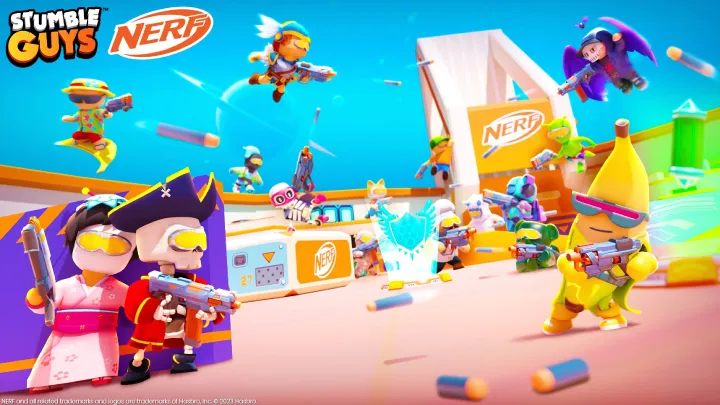Introduction
Valorant, developed by Riot Games, is a tactical first-person shooter that has captured the attention of gamers worldwide. Launched in June 2020, it combines the precision of classic FPS mechanics with unique character abilities, creating a dynamic and engaging experience. This guide aims to provide an extensive analysis of Valorant, offering tips and strategies to help you improve your gameplay and master the game.
1. Understanding Valorant
1.1 Overview of Gameplay
Valorant is a 5v5 team-based shooter where players assume the roles of various agents, each equipped with unique abilities. The core objective typically revolves around planting or defusing a device called the Spike. The game is divided into rounds, with teams alternating between attacking and defending.
1.2 Game Modes
Valorant features several game modes, each offering a unique experience:
- Unrated: The standard mode for casual play without ranking pressure. Great for practice.
- Spike Rush: A shorter, fast-paced mode that provides randomized weapons and abilities.
- Competitive: Ranked matches that determine your skill level and promote competitive play.
- Deathmatch: A free-for-all mode focused on improving shooting skills without objectives.
1.3 The Role of Teamwork
Valorant is heavily team-oriented. Effective communication, coordination, and strategy are essential for success. Players must work together, utilizing their agents' abilities to create opportunities and secure victories.
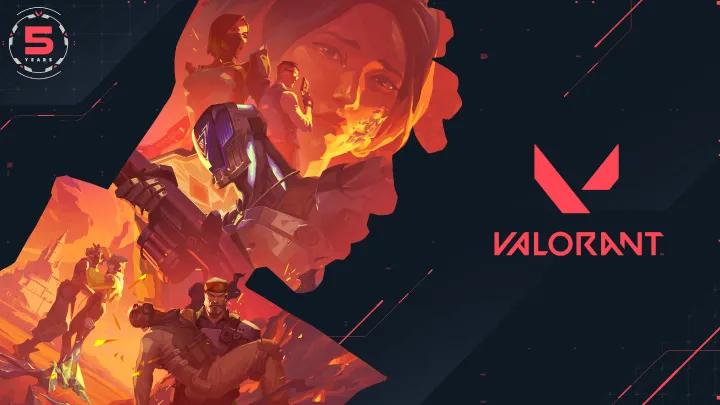
2. Choosing Your Agent
2.1 Agent Roles
Valorant features a diverse roster of agents classified into four main roles:
- Duelists: These agents are aggressive and focused on securing kills. They excel in one-on-one situations and are often the first to engage in combat.
- Examples: Jett, Phoenix, Reyna.
- Controllers: These agents manipulate the battlefield, providing cover and area denial to their team. They create opportunities for strategic plays.
- Examples: Omen, Brimstone, Viper.
- Initiators: These agents break through enemy defenses and gather intel. They set up plays for their team, making them invaluable in executing strategies.
- Examples: Sova, Breach, Skye.
- Sentinels: Defensive agents who support their team by healing and providing utility. They excel in holding sites and protecting teammates.
- Examples: Sage, Killjoy, Cypher.
2.2 Finding Your Playstyle
To excel in Valorant, it’s important to find an agent that matches your playstyle. Experiment with different agents across various roles to discover where you feel most comfortable.
3. Mastering Gameplay Mechanics
3.1 Basic Movement and Shooting
3.1.1 Movement
- Strafing: Move side to side while shooting to make yourself a harder target. This can throw off enemy aim and improve your survivability.
- Crouching: Crouch while shooting for increased accuracy, but be cautious as it can make you a stationary target.
3.1.2 Aiming
- Crosshair Placement: Keep your crosshair at head level to minimize adjustments when encountering enemies. This is crucial for quick engagements.
- Aim Training: Use the practice range and aim training software to improve your precision and reflexes.
3.2 Understanding Weapons
Valorant features a variety of weapons, each with unique stats and mechanics. Familiarize yourself with the following categories:
- Rifles: Versatile and powerful, suitable for most situations. The Vandal and Phantom are popular choices.
- SMGs: Great for close-range combat. The Spectre and Stinger are effective choices.
- Shotguns: High damage at close range. The Judge and Bucky can turn the tide in close encounters.
- Snipers: For long-range engagements. The Operator is a one-shot kill but requires precision and skill.
3.3 Economy Management
Understanding the economy is crucial for success in Valorant. Here’s how to manage your credits effectively:
- Earning Credits: Players earn credits based on performance, including kills, planting/defusing the Spike, and winning rounds.
- Buy Phase: During the buy phase, decide whether to spend your credits on weapons and abilities or save for future rounds. Make strategic choices based on your team’s economy.
4. Map Knowledge
4.1 Learning the Maps
Each map in Valorant is designed with unique layouts and strategic points. Familiarize yourself with the following maps:
- Bind: Known for its teleporters that allow for quick rotations and strategic plays.
- Haven: Unique for having three bomb sites, creating constant pressure and opportunities for flank plays.
- Ascent: Features a central open area, encouraging team engagements and tactical plays.
- Split: Verticality plays a significant role, with multiple levels and tight chokepoints.
4.2 Key Locations and Callouts
Understanding key locations on each map is vital for effective communication. Learn common callouts for each map to relay information quickly to your team. Key callouts include:
- A Site/B Site/Mid: Basic callouts for bomb sites and central areas.
- Heaven/Hell: Locations above and below bomb sites.
- Chokepoints: Areas where players frequently engage in combat, such as “Short” or “Long.”
5. Teamwork and Communication
5.1 Effective Communication
- Voice Chat: Use voice chat for real-time updates and situational awareness. Call out enemy positions, strategies, and your own status.
- Ping System: Utilize the ping system to convey information quickly without using voice chat. This can help keep communication clear and efficient.
5.2 Coordinating Strategies
Work with your team to develop strategies based on agent abilities and map layouts. Consider the following:
- Executing Site Takes: Use Initiators to gather intel and Controllers to create cover before pushing onto a bomb site.
- Defensive Holds: Coordinate with Sentinels to hold sites and protect teammates effectively.

6. Continuous Improvement
6.1 Regular Practice
To master Valorant, consistent practice is essential:
- Deathmatch Mode: Use this mode to improve your aiming skills without the pressure of objectives.
- Practice Range: Spend time in the practice range to familiarize yourself with weapon mechanics and abilities. Utilize shooting drills to refine your skills.
6.2 Analyze Your Gameplay
Recording and reviewing your matches can help identify mistakes and areas for improvement. Look for patterns in your gameplay, such as positioning, decision-making, and communication. Consider the following:
- Identify Mistakes: Recognize moments where poor positioning or decision-making cost you the round.
- Learn from Successes: Analyze what strategies worked well and how you can replicate that success in future matches.
6.3 Learn from Others
Watching professional players and streamers can offer valuable insights into advanced strategies and techniques. Here’s how to maximize your learning:
- Observe Positioning: Pay attention to how pros position themselves during engagements and their use of abilities.
- Analyze Decision-Making: Understand the thought process behind their decisions, such as when to engage or retreat.
7. Staying Updated
7.1 Follow Patch Notes
Riot Games regularly releases updates and balance changes. Staying informed about these changes is crucial for adapting your gameplay and strategies.
7.2 Engage with the Community
Participating in Valorant communities can enhance your gaming experience. Join forums, Discord servers, and social media groups to share experiences, tips, and strategies. Engaging with other players can provide new perspectives and insights.
Conclusion
Mastering Valorant requires dedication, practice, and a willingness to learn. By understanding the game mechanics, choosing the right agent, and working effectively with your team, you can enhance your gameplay experience and climb the ranks. Embrace the challenges, communicate effectively, and enjoy the strategic depth that Valorant offers.
As you continue your journey in Valorant, remember that improvement takes time. Stay focused, keep practicing, and have fun in the exciting world of tactical shooters!








